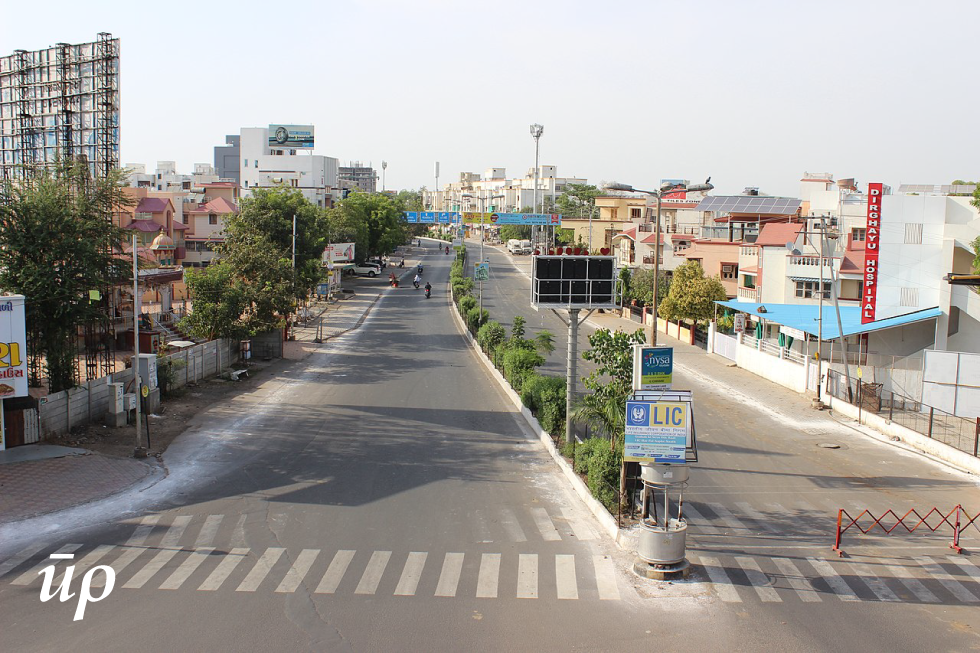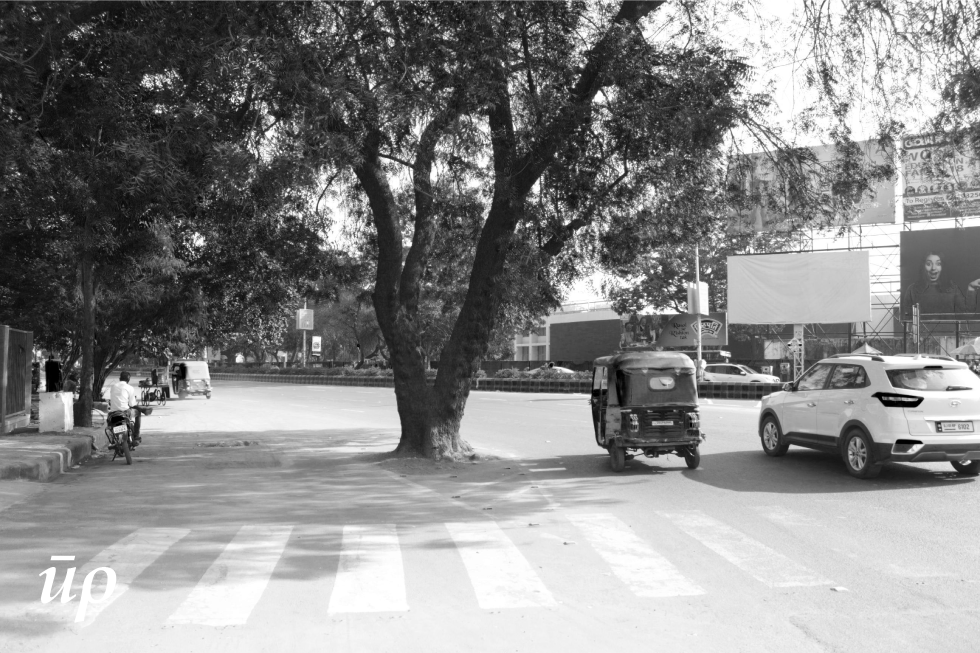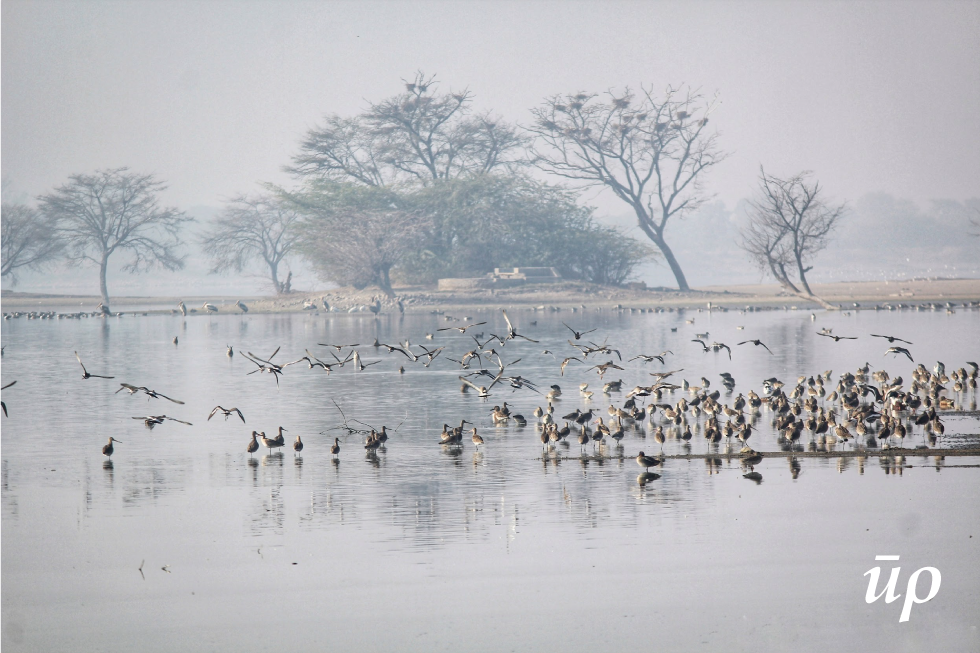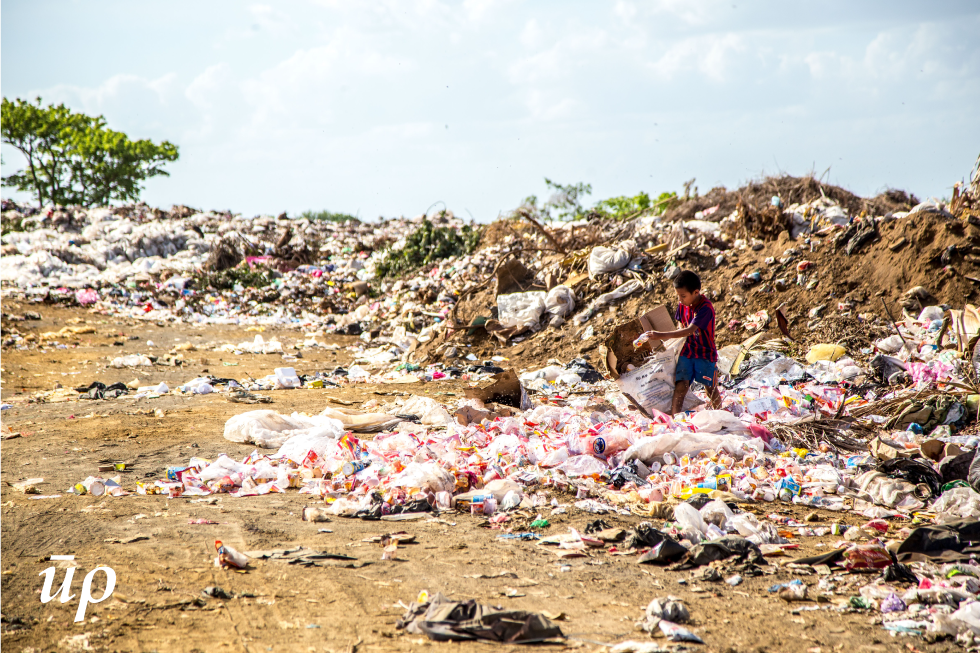The coronavirus pandemic and ensuing lockdowns, which began taking effect from early March at the global level have resulted in sudden disruption of transport and industrial activity along with almost whole of social and economic life. The lockdowns have been done to contain the spread of the virus as well as gain time for ramping up coping strategies and mechanisms to manage health and economic hazards caused by the pandemic. The large scale curtailment of industrial activity has provided a window to register the effect of vehicular and industrial pollution on urban life. Dip in pollution levels have been reported from every part of the world implementing a lockdown. Some prominent names in the list of cities which have witnessed a drastic decrease in pollution are from China, western Europe and the Indian subcontinent.
Continue reading “Pandemic and A Dip in Air Pollution”Category: Issues
Bridges Over Yamuna in Delhi
River Yamuna enters Delhi at its northern border with the state of Haryana. The location of entry is known as Palla. The river flows 48 kilometres in Delhi before leaving from the southern border at Okhla barrage. First 26 km of river’s flow in the city-state are unobstructed, free from pollution too. Wazirabad barrage is the first obstruction to flow of the river in the city, it is also a major catchment for municipal supply within the city. Further 22 km flow of Yamuna in Delhi is impeded by urban activities including extensive bridging of the flood plain, discharge of treated and untreated sewerage flows.
Continue reading “Bridges Over Yamuna in Delhi”To Tree Or Not To Tree
Note: There are many instances where design appears to fail, where people through their use or behaviour subvert or reject design intentions, in the public realm that remains in plain sight and goes unnoticed by most of us in everyday life. This study revolves around and maps out instances where trees become the anchor point to interpret the correlation between the design intentions and behaviour of various users of public spaces. The study focused on the 3 km stretch from University Road to Navrangpura Gam in Ahmedabad.
Trees in the city play an important role, they are widely distributed from the middle of the road, on the pavement, in between the boundary walls. They are living landmarks that define space, contribute to air quality, and connect us to nature. Despite their ubiquity, most of us take trees for granted and know little of their civic virtues. The photo essay looks at the problems and possibilities of the trees in structuring the public realm of a street. In what way they are considered a liability by the designer while an opportunity, to inhabit, appropriate and exploit spaces they create, by the users in various ways. Continue reading “To Tree Or Not To Tree”
Chandlai Lake – An Urban Hope
The beautiful Chandlai lake is located on urban-rural fringe of Jaipur. It appears to view after 1-2 km drive on taking right detour from Shivdaspura village on Jaipur-Tonk road. As one approaches the lake, there is a decline in temperature and increasing sensation of cold. In the haze of winter mornings the horizon looks lost beyond the Lake Island, which falls midway between the waters giving illusion of an endless sea. Looking at the lost horizon one feels like going out on a boar to explore and search it down. Continue reading “Chandlai Lake – An Urban Hope”
Abode of Scavengers
Bhanpur Landfill Site Bhopal
Black and white constructs plethora of metaphors in mind. ‘Landfill gulls’, hawks and stench, mark their territory over the skies of Bhanpur Landfill. This area signifies and marks the decaying rotten side of the city. An unplanned unscientific dumping of waste spread across 57.80 acres, has been continuously exploited for more than four decades.




